State media publishes Chinese scientists’ ambitious plans to revolutionise space travel and exploration in coming decades.
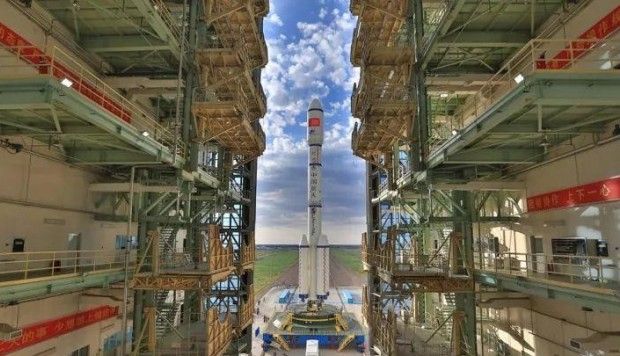

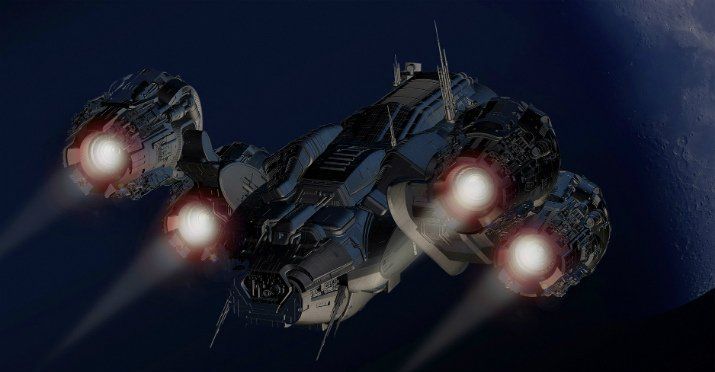
With China taking a strong lead in the militarization of the Final Frontier, the Air Force has announced it’s time for the US to catch up. Air Force Lieutenant General and President of Air University Steve Kwast says we need to change the way we look at space operations.
“Failure is not an option” is probably the most famous slogan to come out of NASA (apart from the closely related “Houston, we have a problem”). Those were the 1970s, though—this is a new age, with new rules. And according to Kwast, one of those rules should be “fail-first, fail-forward.” Even with rockets.
It’s all part of a new proposal Kwast is pushing called “Fast Space: Leveraging Ultra Low-Cost Space Access for 21st Century Challenges.”
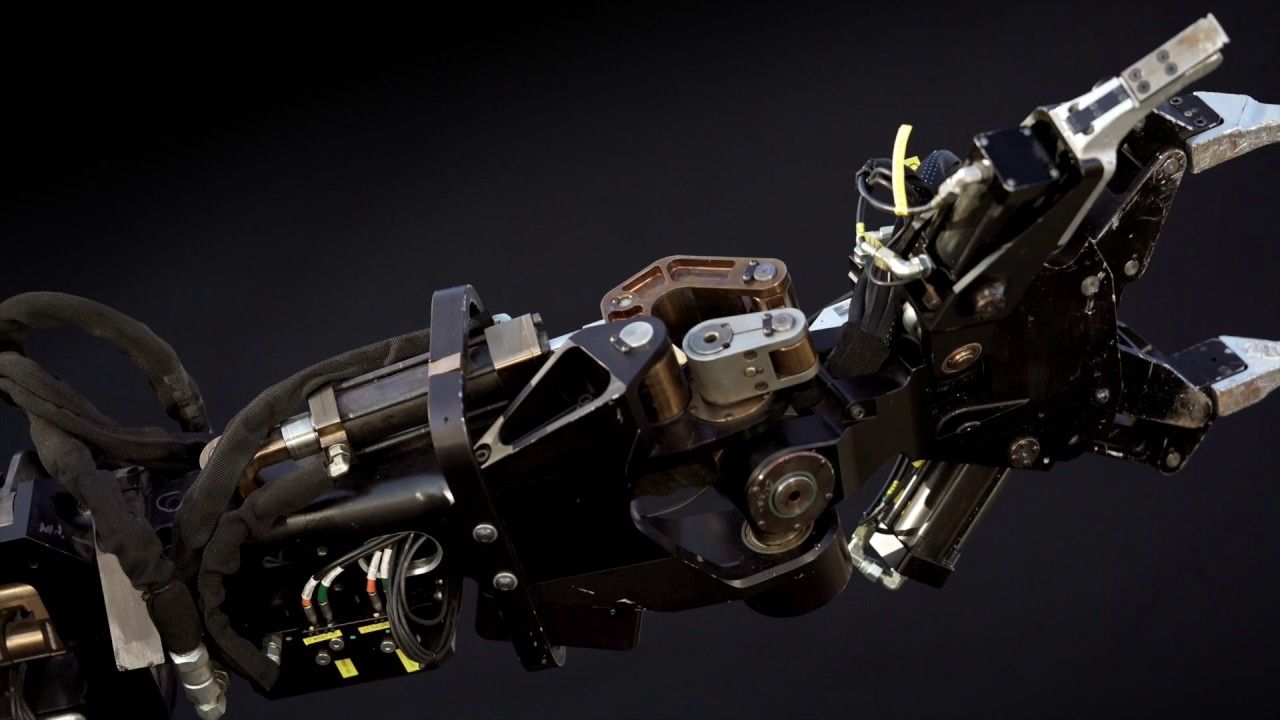
Have you ever lifted half a ton? With the Guardian GT, a set of robotic arms, you could do so with as little as two kilogram (five pounds) of force, allowing you to have superhuman strength.
Elon Musk recently made headlines asserting that, in order for us to both progress and survive as a species, we must merge with machines and become cyborgs. And, as climate change rages onwards and the biological difficulties of completing a human mission to Mars become ever more apparent, many are beginning to agree.
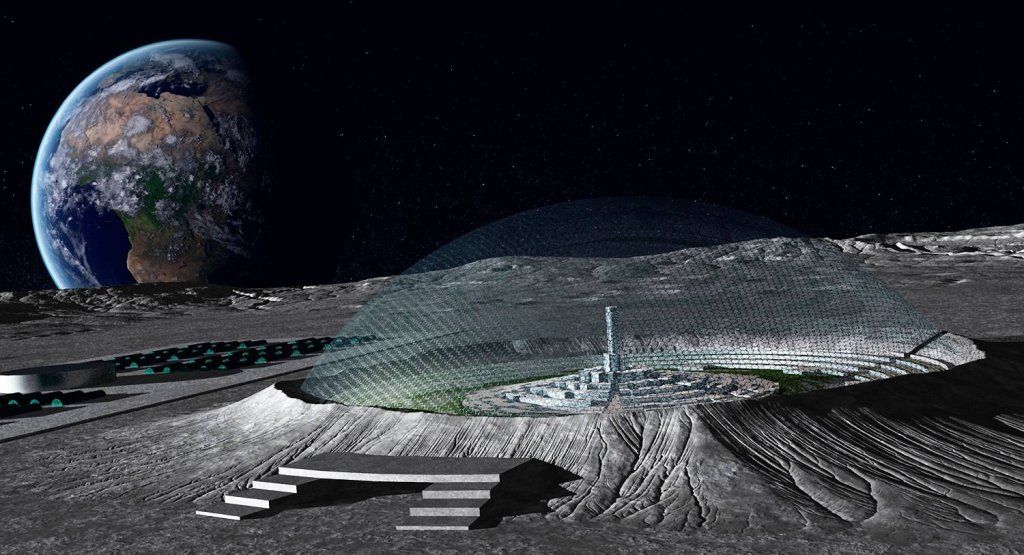
He looked at the science and economics of a lunar colony.
Eighty-five percent of the rocks on the surface of the lunar highlands are anorthite, which contains aluminum as well as a massive supply of oxygen. Smelting aluminum in the quantities necessary to construct and maintain Artemis would produce so much excess oxygen—eight atoms for every two of aluminum—that they would be constantly venting it.
For every kilogram of payload, you need an additional 3.73 kilos of fuel. So a one-way ticket to the moon is calculated to eventually cost about $33,000.
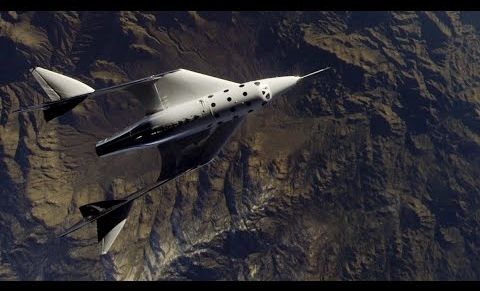
Space tourism will take-off in 2018. As the race between spaceflight companies Virgin Galactic and SpaceX heats up, those who can afford it will be able to travel to low Earth orbit and possibly even around the moon.
Click here to subscribe to The Economist on YouTube: http://econ.st/2he5ZAb
In late 2018, tourists will be heading into space and there is a race on to get them there. Virgin Galactic will at last take paying customers beyond the stratosphere. But their efforts might be eclipsed by SpaceX, a company planning to send two tourists around the Moon. Taking them farther into space than any human since 1972.
There is a new breed of would-be astronauts for whom the sky is no limit. But it is not in everyone’s reach. Multi-millionaire entrepreneur, Per Wimmer will be one of the first tourists to go into space with private company, Virgin Galactic.
If it all goes to plan, in 2018, Virgin Galactic will launch Mr Wimmer to the edge of the atmosphere where he’ll be able to look back down on Earth.
But Elon Musk’s aerospace company, SpaceX, plans to go one step further on a flyby loop around the Moon. Only 24 astronauts have ever made the almost 240,000-mile voyage to Earth’s nearest neighbour.
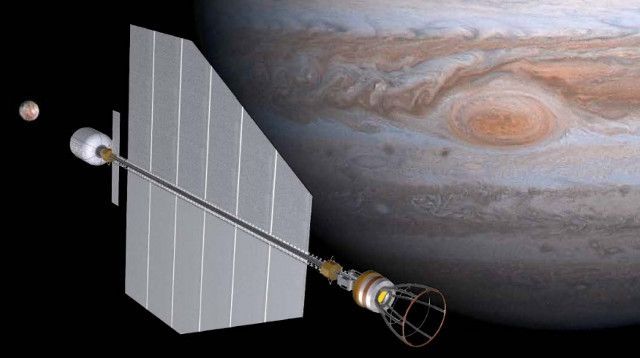
Travelling to very distant objects in space such as stars and exoplanets will require very large amounts of thrust to drive rockets to very high speeds in order that we can travel there in a reasonable amount of time. Conventional chemical rockets are unsuitable for this purpose as the thrust they provide is limited by the amount of fuel that they can carry. So far we have only travelled as far as the Moon, and that’s a mere 380 000 kilometres away.
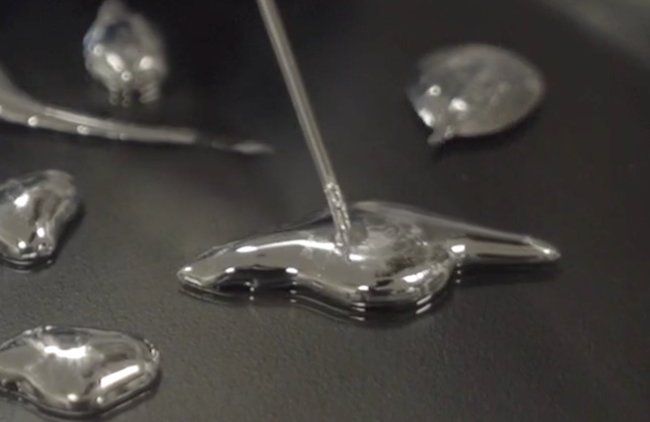
Transistors, those tiny electrical switches that process signals and data, are the brain power behind every electronic device – from laptops and smartphones to your digital thermostat. As they continue to shrink in size, computers have become smaller, more powerful, and more pervasive. However, as we look to build squishy, human-friendly machines that have the look and feel of soft natural organisms, we need to look beyond the rigid materials used to create electrical switches and circuits.
Mechanical engineers Carmel Majidi and James Wissman of the Soft Machines Lab at Carnegie Mellon University have been looking at new ways to create electronics that are not just digitally functional but also soft and deformable. Rather than making circuits from rigid metals like copper or silver, they use a special metal alloy that is liquid at room temperature. This alloy, made by mixing indium and gallium, is a non-toxic alternative to mercury and can be infused in rubber to make circuits that are as soft and elastic as natural skin.
Teaming up with Michael Dickey at North Carolina State University, they recently discovered that liquid metal electronics are not only useful for stretchable circuit wiring but can also be used to make electrical switches. These fluidic transistors work by opening and closing the connection between two liquid metal droplets. When a voltage drop is applied in one direction, the droplets move towards each other and coalesce to form a metallic bridge for conducting electricity. When voltage is applied in a different direction, the droplets spontaneously break apart and turn the switch to open. By quickly alternating between an open and closed and open switch state with only a small amount of voltage, the researchers were able to mimic the properties of a conventional transistor.

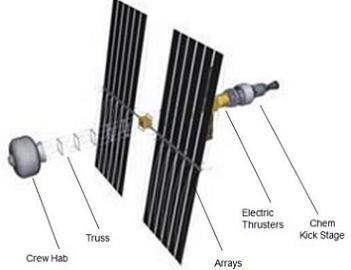
With a focus on building the archetypal missions for NASA’s new Space Launch System rocket, the U.S.-based Boeing Corporation has outlined their view of what technologies can be used to accomplish humankind’s goal of visiting crews to the Martian system – missions Boeing believes are possible through the combination of the SLS rocket’s lift capability, the bourgeoning Solar Electric Propulsion technology field, and Bigelow’s soon-to-be-tested inflatable habitat modules.
From the Earth-Moon system to Mars:
Continuing from their initial presentation on potential SLS rocket uses beyond the opening two circumlunar missions, the Boeing Corporation has presented their idea of how to execute a phased approach to deep space exploration – with an eye for the eventual goal of landing human beings on the surface of Mars.

Before astronauts ever venture to Mars, materials for a red planet habitat will undergo space testing. The inflatable Mars Ice Home, designed by Clouds Architecture Office (Clouds AO), Space Exploration Architecture (SEArch), and NASA’s Langley Research Center, could protect explorers from radiation in the extreme environment of Mars – and the materials that could comprise the dome will soon be assessed aboard the International Space Station (ISS).